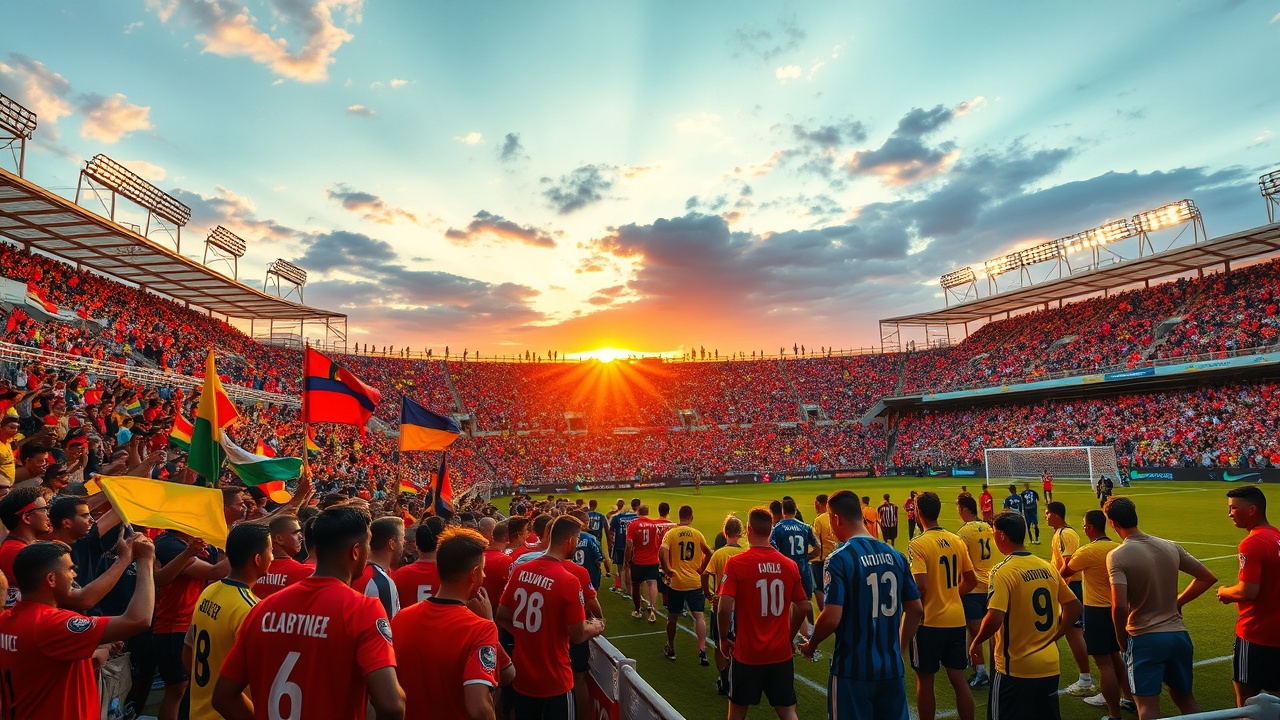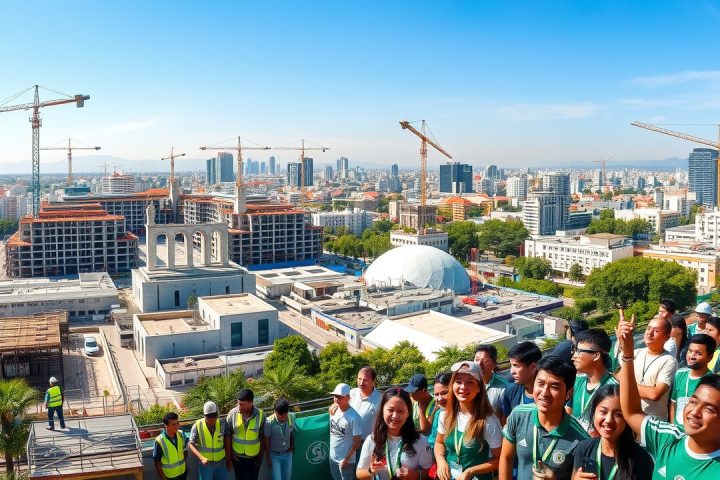Introduction to the OFC Pro League
Beginning on January 17, 2026, Auckland’s Eden Park will play host to the inaugural season of the much-anticipated OFC Pro League, a groundbreaking football initiative supported by FIFA that aims to bring professional soccer to the Pacific Ocean region. While many may not yet be familiar with this league, it represents a significant step in the evolution of football across the Oceania Football Confederation (OFC), which includes countries like New Zealand, Fiji, and Papua New Guinea.
Goals and Structure of the League
The league aspires to promote professional football throughout its member nations, enhancing the competitive standards of the game in a region previously lacking a fully professional league. New Zealand stands as the largest footballing nation in this confederation but, until now, has struggled to provide a platform for consistent professional play. The introduction of this league aims to bridge that gap and potentially extend its reach into global markets, including the United States.
The OFC Pro League will feature eight teams:
- Auckland FC and South Island United from New Zealand,
- Bula FC from Fiji,
- PNG Hekari from Papua New Guinea,
- Solomon Kings from the Solomon Islands,
- South Melbourne from Australia,
- Tahiti United, and
- Vanuatu United.
The league will operate primarily from January to May, with each team guaranteed at least 17 matches, playing against each other in a round-robin format across multiple Pacific locales such as Port Moresby, Melbourne, and Suva. Following these initial rounds, the top four teams will be sorted into a leaders’ group, while the other four will form a challengers’ group, leading to playoffs to determine the overall champion.
Impact and Investment
“For us, being part of this professional league is transformative,” stated Moses Toata, the technical director for the Solomon Islands national team, during a discussion with ESPN. He emphasized the potential for the league to revolutionize local football culture and inspire future generations of players.
The stakes are high for the teams involved. The winning club not only earns the title of Pacific champions but also secures a spot in the prestigious FIFA Intercontinental Cup. Furthermore, ongoing league performances will influence participation in the revamped FIFA Club World Cup.
The OFC is anticipated to invest $40 million into the first four years of the league to ensure its success. This funding has been supported by FIFA as well as a substantial $20 million contribution from the Saudi Tourism Authority. However, issues of financing have raised questions, with criticisms surrounding the involvement of Saudi funding in sports.
Team Regulations and Future Prospects
Each participating club will manage its own administrative costs, and the OFC has introduced specific regulations regarding player registrations. Teams will be allowed an unrestricted number of domestic players along with a maximum of six foreign players—three from the Oceania region and three hailing from any part of the world.
Interestingly, Auckland FC holds a unique position in the league as they are the only club already competing at a professional level in the A-League Men, backed by billionaire investor Bill Foley. South Melbourne makes headlines too; established in Australia before it transitioned to the Asian Football Confederation, it has remained ambitious about regaining prominence in the Oceania region.
Despite some hurdles in terms of A-League overlaps, both clubs are poised to make a significant impact. OFC officials predict that the introduction of this league will not only enhance local talent development but also significantly increase visibility for Pacific football on the international stage. Ideally, the OFC aims to expand the league in the coming years, acknowledging the potential for greater representation from nations not yet involved, such as American Samoa and the Cook Islands.
Conclusion
As the countdown to the league’s kickoff continues, anticipation is building, with discussions around potential future expansions and broadcast opportunities ready to put Oceania’s football on the global map. The league represents a daring new chapter for professional football in the Pacific, and its success could spur an unprecedented level of interest and investment in the region’s sporting future.




